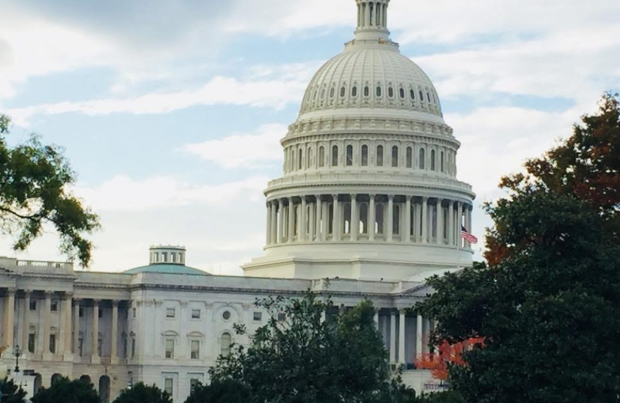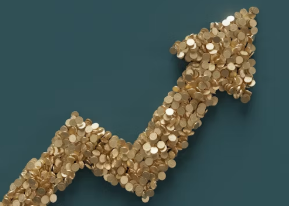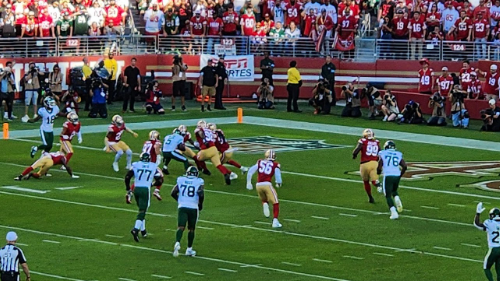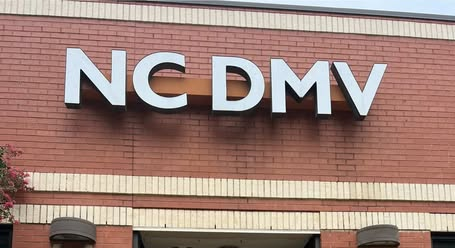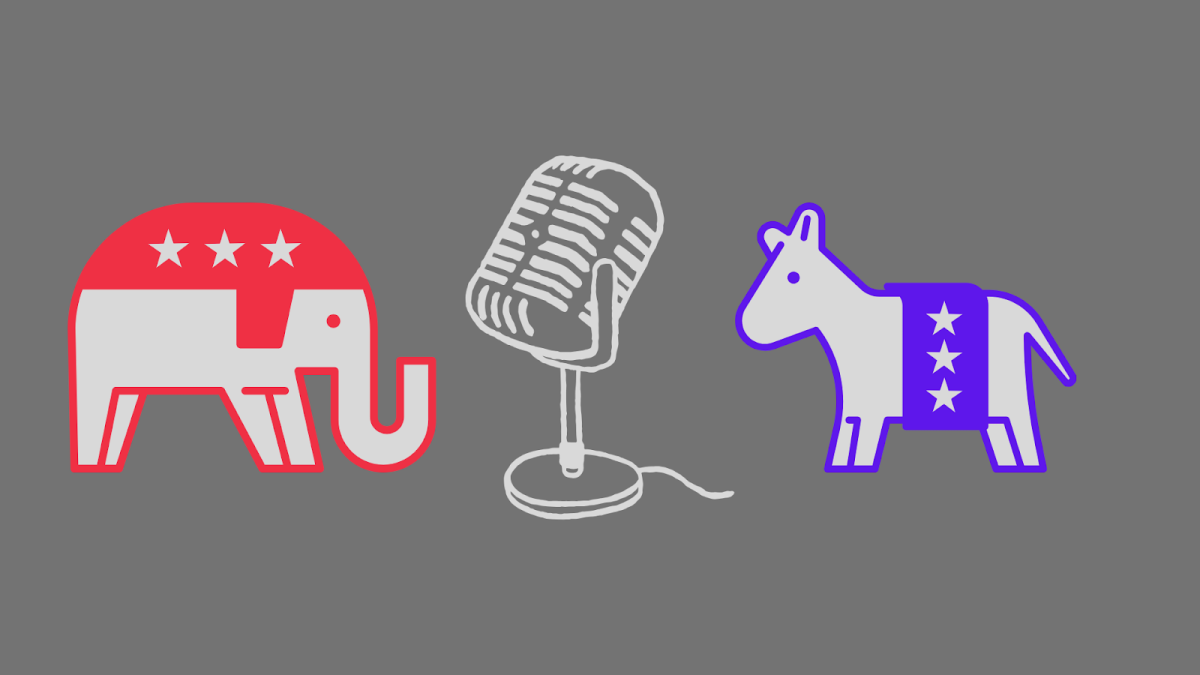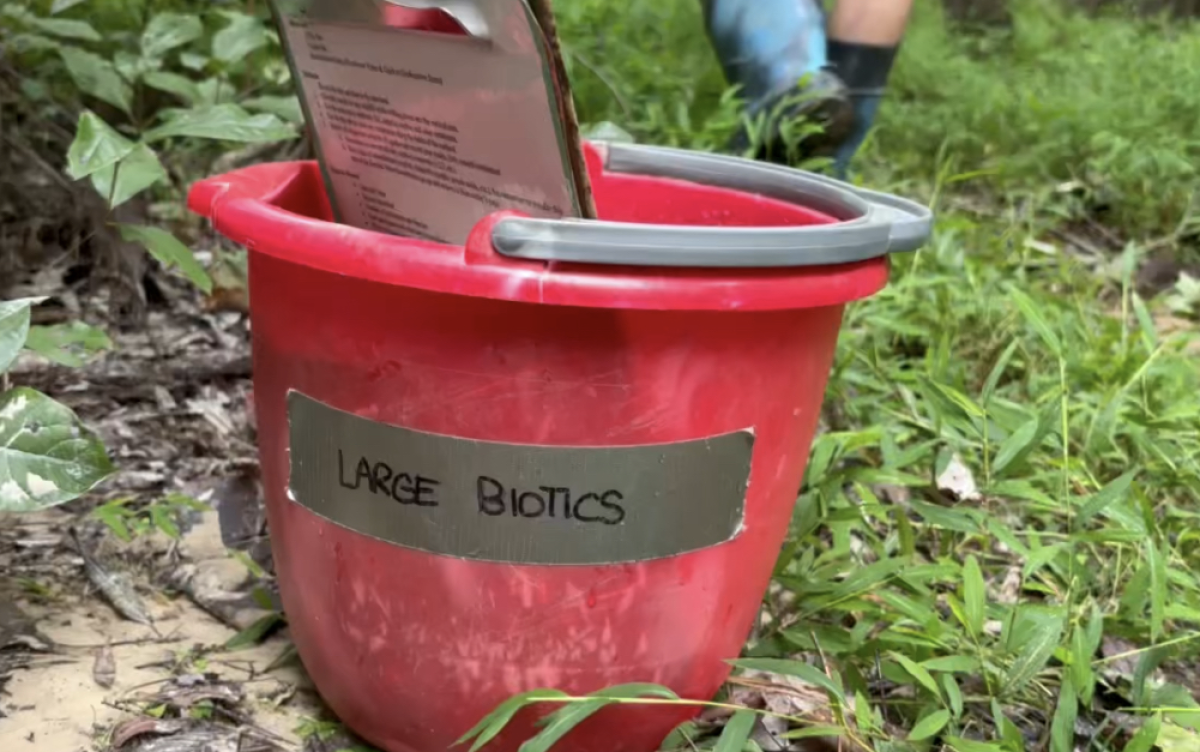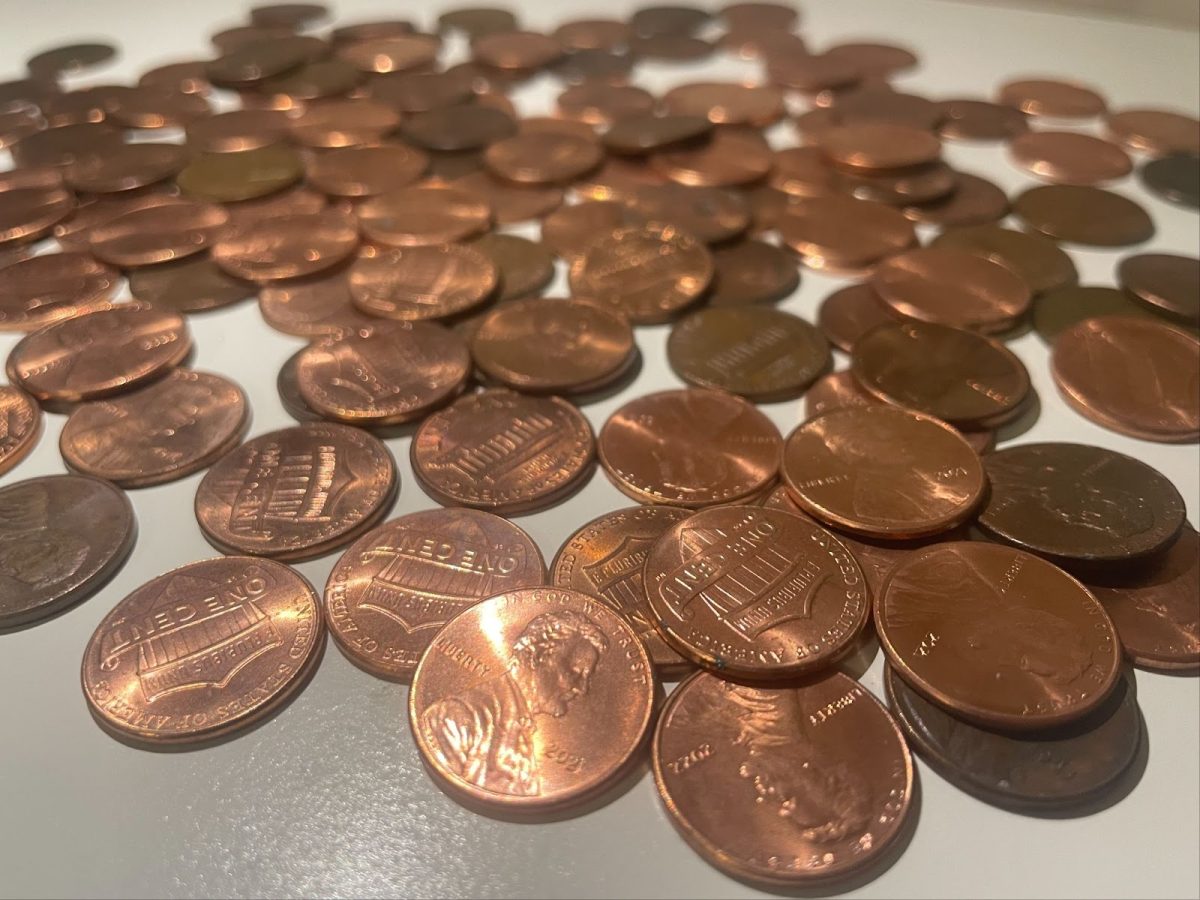“[T]here has been a trend toward increased use of credit cards and other digital transactions. Fewer people carry cash, especially change, and even some businesses are foregoing accepting cash as payment,” says Mrs. Leslie Meadows, economics and personal finance teacher at Green Hope High School. Are cash payments becoming a thing of the past? The rise in alternative payment methods could begin phasing out cash from daily life, starting with the one cent copper coin.
Department of Government Efficiency (DOGE), headed by Elon Musk, stated the following on the social media platform X, formerly known as Twitter, on Jan. 21, 2025: “The penny costs over 3 cents to make and cost US taxpayers over $179 million in FY2023. The Mint produced over 4.5 billion pennies in FY2023, around 40% of the 11.4 billion coins for circulation produced. Penny (or 3 cents!) for your thoughts.”
However, DOGE is not a cabinet-level department of the United States government, and therefore lacks the authority to make policy decisions. It is currently limited to making suggestions to inform and influence the general public on this issue.
Mrs. Meadows believes that there are no new economic implications of continuing penny production, despite it costing over three times its face value. “The situation will remain that the US would spend more money minting the coin than the materials are worth on the open market,” she said. Mrs. Meadows revealed that the reality is that the money spent to continue producing pennies will have to continue to be authorized by Congress and contribute to a miniscule part of the imbalances of the federal budget.
“Musk’s proposal is nothing more than a continuation of a conversation started in 1989, when Representative Jim Kolbe first introduced bills to stop using the penny in the Price Rounding Act,” said Mrs. Meadows, “The conversation had popular support but was not passed into law.”
Article I, Section 8, Clause 5 of the US Constitution states that Congress controls the coining of money, meaning that any cease in penny production, codify rounding to the nearest five cents and any sales tax implications must be passed as a law.
“Editorials, political discussions, and more have continued throughout the years about the penny’s future. It is possible we will see the discontinuation of the penny, but it will not happen until it is legislated by Congress,” Mrs. Meadows added after mentioning that the discussion on whether or not to discontinue the penny has lasted for 35 years. Following the conversation in 1989, the topic reemerged with a 2012 finance committee study, which concluded the penny was unnecessary and too expensive to continue minting; Congress had not taken action and continued to produce the penny, however this may not last long.
The US Mint has addressed the role of rising copper prices in the transition of penny composition over the years, which have changed the original pure copper coins to the current copper-plated zinc coin—composed of 97.5% zinc and 2.5% copper.
The potential penny elimination has varied consequences. Mrs. Meadows introduced the point that businesses would likely need to revise their pricing strategies, opening room for consumer concerns that businesses may work to round up totals rather than round down. She also mentions that transactions would generally remain the same “given the computerized nature of our economy.” At most, cashiers would only notice that they have “one fewer coin to count for making change or closing out their register at the end of the day,” she adds.
Rounding prices the the nearest five cents could become a future reality. However, with prices either rounding up or down, the prices would simply increase by two or three cents at most. “Impacts on inflation will be negligible,” Mrs. Meadows assured.
The United States, if deciding to discontinue pennies in the future, could follow the path set by countries that have already transitioned their economy after terminating low-denomination coins. Canada has already discontinued their penny, with halts in production in 2012 and distribution in 2013. Mrs. Meadows informs that they use the rounding system, where prices are rounded up or down to the nearest five-cent after sales tax. Overall, it has simplified Canadian transactions for the consumer. “It is a good case study for what the impact of the policy could mean for the US,” she suggests.
The fate of the penny is uncertain. How much of a difference can the one-cent coin truly make in the economy? Discussions on whether or not to discontinue the penny have been had for 35 years, and are projected to still continue in the near future.







